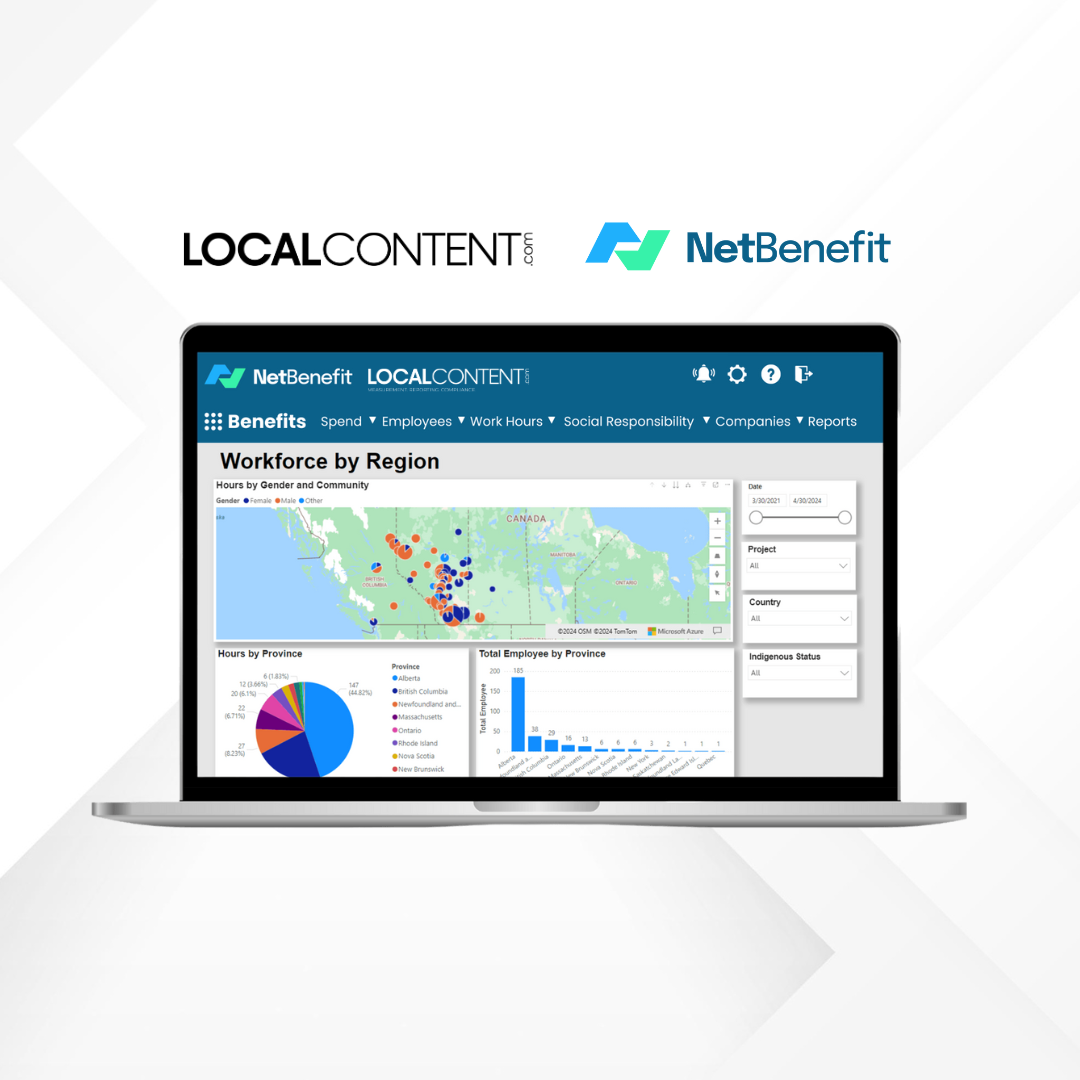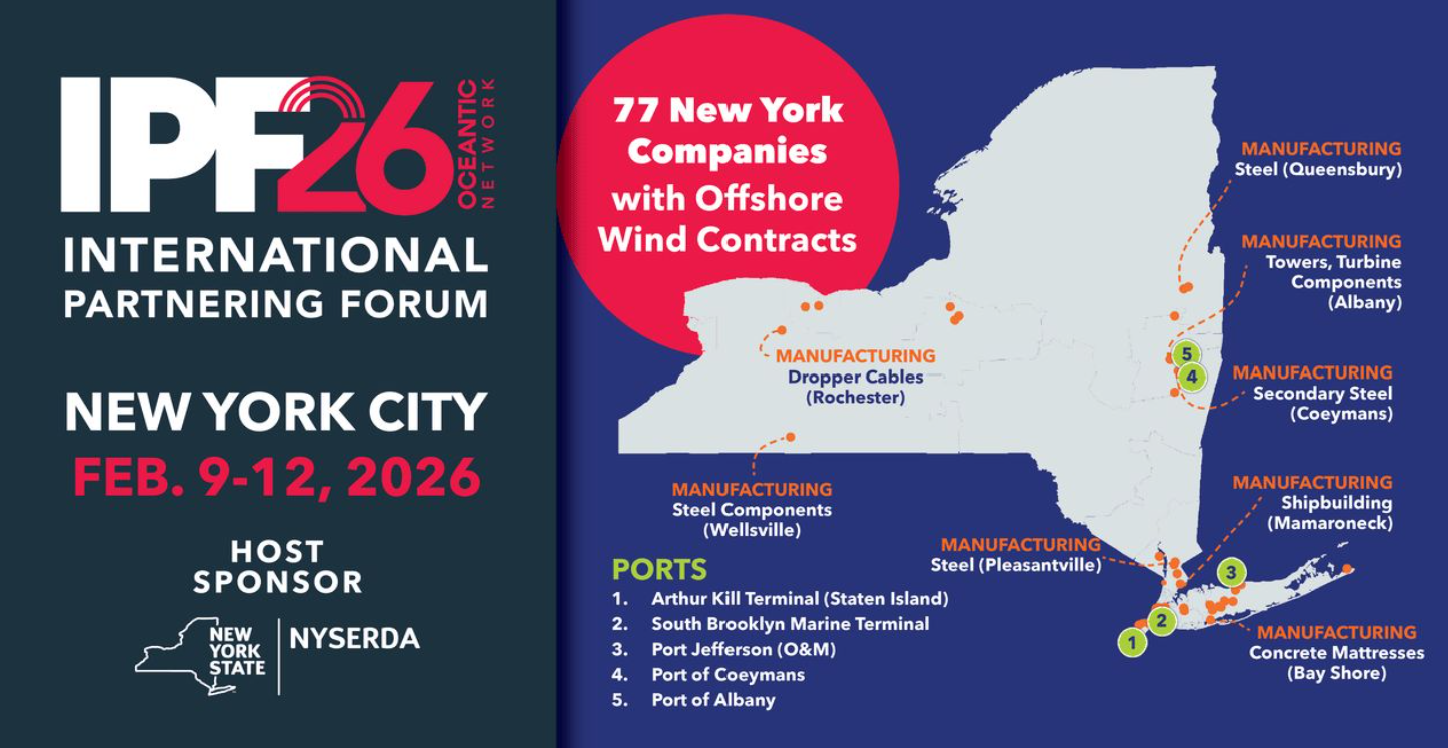In cities across the globe, the towering structures of sports arenas and entertainment venues stand as modern-day coliseums. These arenas, from the grandeur of New York’s Madison Square Garden to the gleaming Allegiant Stadium in Las Vegas, are more than just stages for athletic prowess and artistic performances. They are economic powerhouses, social hubs, and symbols of civic pride. As cities strive to attract major events and ensure their venues remain state-of-the-art, the revenue generated, particularly from luxury suites, plays a crucial role. This article explores the multifaceted impact of sports and entertainment venues on local economies and the quality of life of residents.
Economic Engines: The Financial Lifeline of Cities
Direct Revenue and Economic Multipliers
The economic footprint of sports and entertainment venues extends far beyond the gates. These venues generate significant direct revenue through ticket sales, concessions, merchandise, and, critically, luxury suite leases. Luxury suites, with their premium pricing, are a vital source of income. Companies and wealthy individuals pay top dollar for the exclusivity and amenities these suites offer, ranging from private viewing areas to gourmet catering and VIP services.
For instance, the luxury suites at SoFi Stadium in Los Angeles, home to the NFL’s Rams and Chargers, can fetch over $1 million per season. This substantial revenue supports the financial sustainability of the venue, allowing for continuous upgrades and maintenance, which in turn attract high-profile events. These events draw visitors who spend money locally, creating a significant economic multiplier effect.
Major sporting events, such as the Super Bowl, the NBA Finals, or the World Cup, and entertainment events like concerts by top-tier artists, have a massive economic impact. The 2020 Super Bowl in Miami, for example, generated an estimated $572 million for the local economy. This influx comes from spending on hotels, dining, transportation, and retail, benefiting a wide range of local businesses.
Employment and Business Growth
Sports and entertainment venues are substantial job creators. They employ thousands of people directly, from administrative staff to security personnel, concessions workers, and event managers. The construction of new venues, such as the Allegiant Stadium in Las Vegas, generates thousands of construction jobs, providing a significant boost to the local economy. Once operational, these venues continue to support employment through ongoing maintenance, operations, and event staffing.
Moreover, the presence of a major venue stimulates the growth of ancillary businesses. Restaurants, bars, retail shops, and hotels near these venues often experience a surge in business, particularly on event days. This symbiotic relationship enhances the overall economic vitality of the area. For instance, the Barclays Center in Brooklyn has spurred substantial commercial development in its surrounding neighborhoods, leading to new restaurants, shops, and residential buildings, further integrating the venue into the urban fabric.
Social and Cultural Hubs: Enhancing Community and Quality of Life
Fostering Community Identity and Pride
Sports and entertainment venues serve as focal points for community identity and pride. Local sports teams and major events bring people together, fostering a sense of unity and belonging. The collective experience of cheering for a home team or singing along with a favorite artist creates shared memories and a sense of community cohesion that is hard to replicate elsewhere.
For many cities, these venues are more than just places for recreation; they are symbols of the city’s identity. The presence of a major sports team or the ability to host significant entertainment events elevates a city’s status on the national and international stage. This enhanced visibility can attract new residents and businesses, drawn by the vibrancy and cultural offerings of the city.
Improving Urban Livability
The development of modern sports and entertainment venues often goes hand in hand with broader urban development initiatives. These projects can lead to the revitalization of underdeveloped areas, turning them into vibrant, attractive districts. The renovation of Madison Square Garden, for example, was part of a larger effort to enhance the surrounding Penn Plaza area, improving public spaces and transportation infrastructure.
Luxury suite revenue plays a pivotal role in these transformations. The high margins from these suites provide the financial means to invest in the local area, funding infrastructure improvements, public services, and community projects. This investment not only enhances the venue itself but also contributes to the overall quality of life for local residents. Improved public spaces, better transportation options, and increased safety and cleanliness are some of the benefits that come with these investments.
Case Studies: Transformative Impact of Major Venues
The Staples Center: A Beacon in Los Angeles
The Staples Center in Los Angeles is a prime example of how a sports and entertainment venue can transform a local economy and enhance quality of life. Opened in 1999, the Staples Center quickly became a central hub for sports and entertainment in the city, hosting the Los Angeles Lakers, Clippers, Kings, and Sparks, as well as numerous concerts and events.
The economic impact of the Staples Center has been profound. The venue has generated billions of dollars in economic activity, supporting thousands of jobs and attracting millions of visitors each year. The area around the Staples Center, now known as L.A. Live, has undergone significant development, with new hotels, restaurants, and entertainment options creating a vibrant district that is a major draw for both locals and tourists.
Luxury suite revenue has been a critical factor in this success. The high income from these suites has allowed for continuous investment in the facility, ensuring it remains a top destination for major events. This ongoing investment has helped maintain the venue’s competitive edge, attracting high-profile events such as the Grammy Awards and NBA All-Star Games, which in turn bring significant economic benefits to the city.
The Barclays Center: Brooklyn’s Revival
Another notable example is the Barclays Center in Brooklyn, New York. Opened in 2012, the Barclays Center is home to the NBA’s Brooklyn Nets and the NHL’s New York Islanders, as well as hosting concerts and other events. The development of the Barclays Center was a key component of the Atlantic Yards project, aimed at revitalizing a previously underdeveloped area of Brooklyn.
The Barclays Center has had a transformative impact on the local economy. The venue has attracted millions of visitors, generating substantial revenue for local businesses. The development around the arena has included new residential buildings, retail spaces, and public infrastructure improvements, creating a vibrant and dynamic neighborhood.
The revenue from luxury suites has played a crucial role in funding these developments. The high demand for premium experiences at the Barclays Center has ensured a steady stream of income, which has been reinvested into the local community. This investment has improved public services, enhanced infrastructure, and contributed to a higher quality of life for local residents.
Challenges and Considerations
Balancing Economic and Community Interests
While the economic and social benefits of sports and entertainment venues are significant, it is important to balance these interests with the needs and concerns of the local community. The development of major venues can lead to issues such as gentrification, displacement of residents, and increased traffic and congestion.
To mitigate these challenges, it is essential for city planners and developers to engage with the community and ensure that development projects include provisions for affordable housing, improved public transportation, and other community benefits. Transparent communication and collaboration with local stakeholders can help create development plans that maximize benefits for all residents.
Sustainable Development and Environmental Impact
Another important consideration is the environmental impact of large sports and entertainment venues. These venues consume significant amounts of energy and resources, and their construction can have a substantial environmental footprint. To address these concerns, many new venues are incorporating sustainable design principles, such as energy-efficient lighting, water conservation systems, and sustainable materials.
Luxury suite revenue can play a role in funding these sustainable initiatives. The high margins from premium suites provide financial flexibility to invest in green technologies and practices, ensuring that venues can operate more sustainably and reduce their environmental impact.
Conclusion: The Indispensable Role of Sports and Entertainment Venues
In the grand mosaic of urban life, sports and entertainment venues are indispensable elements, blending economic vigor with social cohesion. The revenue from luxury suites, with its substantial financial contributions, underpins the viability and success of these venues, allowing them to continue playing their vital roles.
These modern coliseums are not just places of spectacle and excitement; they are catalysts for economic growth, job creation, and community development. They foster a sense of identity and pride, enhance the quality of life, and contribute to the vibrancy and dynamism of our cities. As we look to the future, investing in these venues and ensuring their sustainable development will remain key priorities for cities seeking to thrive in an increasingly competitive and interconnected world.










